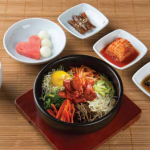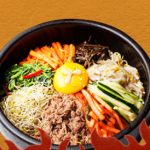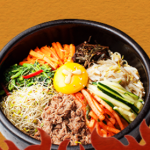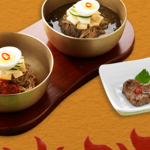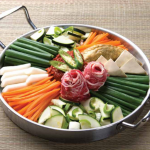Food is an essential part of every culture, and the methods used to store food have played a significant role in shaping the culinary traditions of different societies. Traditional food storage methods have evolved over time to meet the unique needs of different cultures and to preserve food for extended periods. From drying and fermenting to smoking and pickling, these methods not only helped people preserve food but also enriched their culture and traditions. In this article, we will explore the cultural significance of traditional food storage methods and how they have evolved over time.
History and Evolution of Traditional Food Storage Methods
Traditional food storage methods have been around for centuries, and their history dates back to ancient times. Early civilizations used various techniques to preserve food, including drying, smoking, and salting. In many cultures, these methods were developed out of necessity due to limited access to fresh food, harsh climates, or the need to preserve food for long journeys.
As societies developed and modernized, new techniques and technologies for food preservation emerged. Refrigeration, canning, and freezing revolutionized the food industry and made it possible to store food for longer periods. However, many traditional food storage methods have continued to be used and passed down from generation to generation.

Cultural Significance of Traditional Food Storage Methods
Traditional food storage methods have significant cultural significance and have played an important role in shaping culinary traditions. In many cultures, traditional food storage methods are deeply rooted in tradition and are often associated with celebrations and festivals. For example, in Malaysia, rendang is a traditional dish made with meat that is cooked for hours until it is dry and preserved. This technique of preserving meat is essential in Malaysian culture, and rendang is often served during Eid al-Fitr and other significant festivals.
Similarly, in Japan, fermentation is an essential part of their culinary tradition, and many dishes are prepared using fermented ingredients such as miso, soy sauce, and sake. Fermentation is a natural way of preserving food and has been used in Japan for thousands of years.
Advantages of Traditional Food Storage Methods
Traditional food storage methods offer several advantages over modern techniques. First, they can enhance the flavor and texture of food, resulting in unique and delicious dishes. For example, smoking is a traditional food preservation technique used in many cultures that can add a distinct smoky flavor to food.
Second, traditional food storage methods are often more sustainable and environmentally friendly than modern techniques. For example, drying and fermenting require minimal energy and do not rely on chemicals or preservatives.

Third, traditional food storage methods can be a way to connect with one’s cultural heritage and preserve traditions for future generations. By learning and practicing traditional food storage techniques, individuals can maintain a connection to their cultural roots and pass down their knowledge to their children and grandchildren.
Check out Tupperware online for a wider selection!
Conclusion
Traditional food storage methods have played a significant role in shaping culinary traditions and preserving cultural heritage. From smoking and drying to fermenting and pickling, these techniques have evolved over time to meet the unique needs of different cultures. While modern techniques have revolutionized the food industry, traditional food storage methods continue to be used and celebrated around the world. By exploring and learning about these techniques, individuals can connect with their cultural heritage and pass down traditions to future generations.

